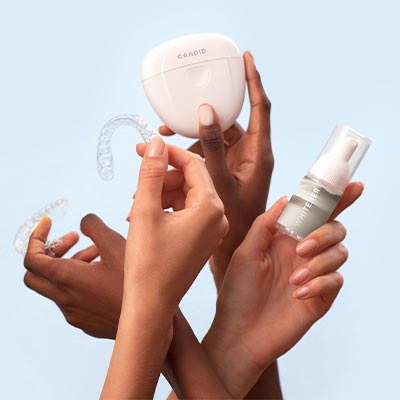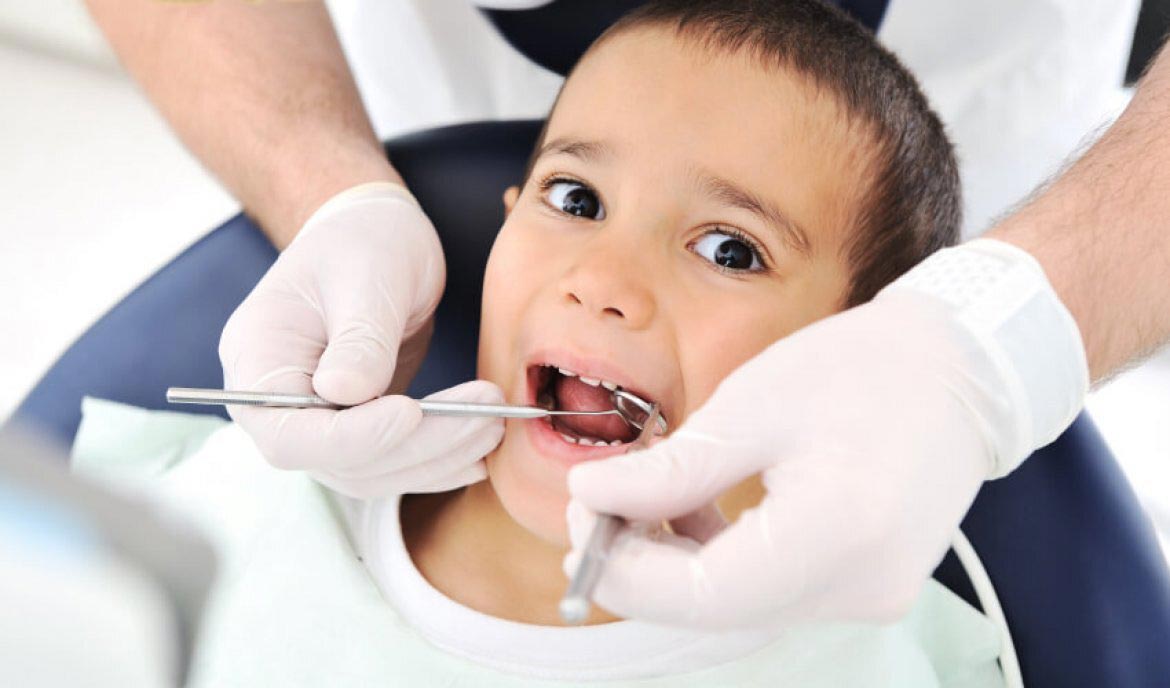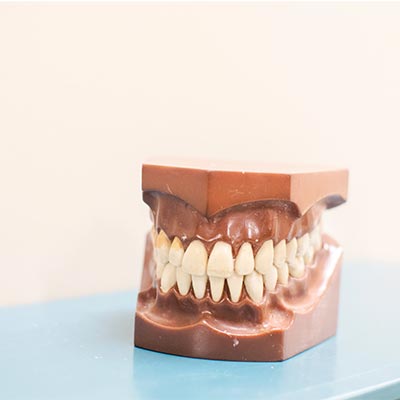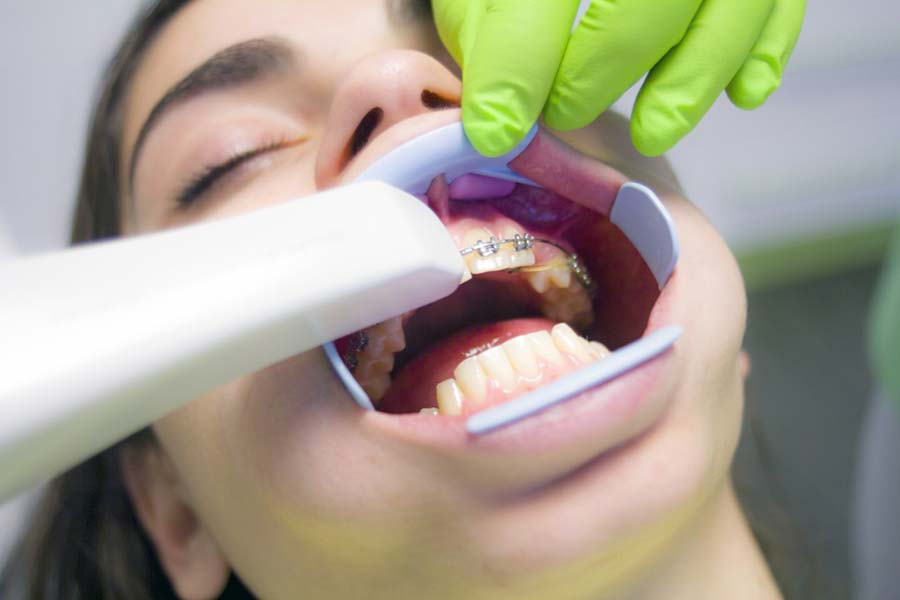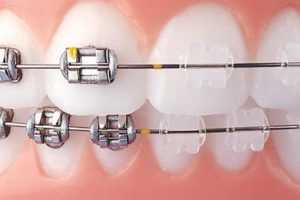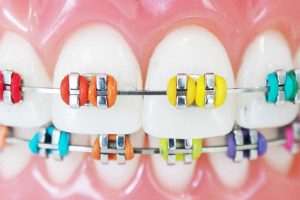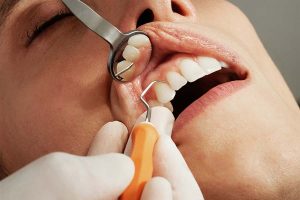Dental orthodontics is one of the specialties related to dentistry that focuses on the diagnosis and treatmeaznt of dental malformations and related components in the face. Orthodontics is one of several specialized disciplines in the field of dentistry that deals specifically with the diagnosis and treatment of misaligned teeth and irregularities in the components of the jaw area.
Early in the development of this specialty, orthodontic procedures were mostly used to straighten and straighten the teeth of children and adolescents, but today about 30% of patients who use orthodontics are adults. Orthodontic treatment is a multifaceted or multifunctional branch of dentistry that can be used alone or in combination with maxillofacial or cosmetic dentistry treatments.
Irregular teeth not only give an unpleasant appearance to your smile but also are harmful to oral health and even the general health of the body. Crowded teeth are harder to clean. Therefore, it increases the risk of caries, gum disease, and can also interfere with speech and chewing. Orthodontics is the best way to fix dislocated teeth.
Problems such as the front of the upper jaw, the front of the lower jaw, crowded teeth, crooked teeth, or jaw misalignment can cause problems in eating or
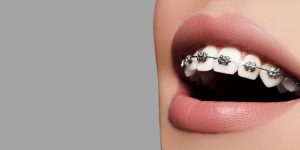
speaking in any person. In such cases, it is recommended that orthodontic procedures be used to gradually change the position of the teeth to make them flat and straight. Orthodontics can also be used for cosmetic purposes on people who want to have a more beautiful smile.
Lack of teeth or jaws is a problem that can be congenital in any person or can develop over time as a result of a jaw injury or misbehavior such as thumb sucking as a child. However, whatever the problem may be, what matters is that it is treated immediately. This is because misaligned teeth can cause more serious oral health problems for you in the long run. Pediatric orthodontics is one of the available methods for treating pediatric orthodontics.
Orthodontics is a very efficient and effective treatment that can be used for the following purposes:
Treatment of spaced teeth
Correct the position of the jaws and teeth to ensure that they are aligned and in the correct position
Straightening crooked teeth
Improve oral function (such as the ability to chew food and speak)
Fixed the problem of back and forth jaws
Although orthodontic treatment can be performed effectively at any age, the necessary examinations and evaluations for this method should be performed around the age of 7 years. The earlier the orthodontic procedure is performed at a younger age, the faster the problem will be resolved and the more likely the treatment will be successful.
There are currently long-term treatments for patients aged 7 to 11 years that can have significant effects and benefits for these people, especially if there are jaw abnormalities. The use of these methods can be very effective in preventing the occurrence of some oral diseases or exacerbation of these diseases. Treating these types of problems and oral disorders in children who are still growing up allows us to better achieve the desired results. In fact, it may not be easy to achieve most of these results in adults whose facial and jawbones are fully developed. In addition, early treatment in children can make other treatments easier in the future or eliminate the need for such treatments altogether.
As mentioned, orthodontics is not just for children and adolescents. In fact, more than 20 percent of orthodontic patients are adults. So no one is old enough to use orthodontics.
The problems that adults use orthodontics to treat are often the same problems that exist in children. Many adults have had these problems since childhood but have not been able to treat them. Some of these people have had treatments as children, but may need more treatment now that they have reached adulthood because of limitations or shortcomings that existed at the time in terms of the effectiveness of orthodontic procedures.
In this method, metal or ceramic pedestal is attached to each of the teeth and then a dental wire is passed through each of these pedestals. The orthodontist can gradually adjust the position of the wire at regular intervals to gradually straighten the problem teeth. When the desired results are achieved using the benefits of fixed orthodontics, the fixed braces are completely removed. The cost of fixed orthodontics, like other orthodontic procedures, depends on the complexity of the problem, the type of equipment used, and the duration of treatment.
Fixed orthodontic procedures and removable dental braces usually take between 6 to 30 months and the duration depends on the patient’s age and the severity of the orthodontic problems.
Orthodontic treatment programs usually involve the use of a suitable tool that can gently straighten and straighten your teeth. Braces, rowers, retainers, transparencies, and transparent and invisible brackets are examples of common orthodontic tools. To achieve the desired results, it is necessary to take good care of these tools during the treatment period. The best orthodontist will give you specific tips and instructions on how to take care of these tools as well as the steps you should take during your treatment period to get the best possible results from this method.
Hilal Industry Development Company is the first knowledge-based company that has been producing orthodontic products for more than 10 years and has the necessary licenses and approvals.
Dental orthodontics is one of the specialties related to dentistry that focuses on the diagnosis and treatment of dental malformations and related components in the face. Orthodontics is one of several specialized disciplines in the field of dentistry that deals specifically with the diagnosis and treatment of misaligned teeth and irregularities in the components of the jaw area.
Early in the development of this specialty, orthodontic procedures were mostly used to straighten and straighten the teeth of children and adolescents, but today about 30% of patients who use orthodontics are adults. Orthodontic treatment is a multifaceted or multifunctional branch of dentistry that can be used alone or in combination with maxillofacial or cosmetic dentistry treatments.
Irregular teeth not only give an unpleasant appearance to your smile but also are harmful to oral health and even the general health of the body. Crowded teeth are harder to clean. Therefore, it increases the risk of caries, gum disease, and can also interfere with speech and chewing. Orthodontics is the best way to fix dislocated teeth.
Problems such as the front of the upper jaw, the front of the lower jaw, crowded teeth, crooked teeth or jaw misalignment can cause problems in eating or speaking in any person. In such cases, it is recommended that orthodontic procedures be used to gradually change the position of the teeth to make them flat and straight. Orthodontics can also be used for cosmetic purposes on people who want to have a more beautiful smile.
Lack of teeth or jaws is a problem that can be congenital in any person or can develop over time as a result of a jaw injury or misbehavior such as thumb sucking as a child. However, whatever the problem may be, what matters is that it is treated immediately. This is because misaligned teeth can cause more serious oral health problems for you in the long run. Pediatric orthodontics is one of the available methods for treating pediatric orthodontics.
Orthodontics is a very efficient and effective treatment that can be used for the following purposes:
Treatment of spaced teeth
Correct the position of the jaws and teeth to ensure that they are aligned and in the correct position
Straightening crooked teeth
Improve oral function (such as the ability to chew food and speak)
Fixed the problem of back and forth jaws
Although orthodontic treatment can be performed effectively at any age, the necessary examinations and evaluations for this method should be performed around the age of 7 years. The earlier the orthodontic procedure is performed at a younger age, the faster the problem will be resolved and the more likely the treatment will be successful.
There are currently long-term treatments for patients aged 7 to 11 years that can have significant effects and benefits for these people, especially if there are jaw abnormalities. The use of these methods can be very effective in preventing the occurrence of some oral diseases or exacerbation of these diseases. Treating these types of problems and oral disorders in children who are still growing up allows us to better achieve the desired results. In fact, it may not be easy to achieve most of these results in adults whose facial and jawbones are fully developed. In addition, early treatment in children can make other treatments easier in the future or eliminate the need for such treatments altogether.
As mentioned, orthodontics is not just for children and adolescents. In fact, more than 20 percent of orthodontic patients are adults. So no one is old enough to use orthodontics.
The problems that adults use orthodontics to treat are often the same problems that exist in children. Many adults have had these problems since childhood but have not been able to treat them. Some of these people have had treatments as children but may need more treatment now that they have reached adulthood because of limitations or shortcomings that existed at the time in terms of the effectiveness of orthodontic procedures.
In this method, metal or ceramic pedestal is attached to each of the teeth and then a dental wire is passed through each of these pedestals. The orthodontist can gradually adjust the position of the wire at regular intervals to gradually straighten the problem teeth. When the desired results are achieved using the benefits of fixed orthodontics, the fixed braces are completely removed. The cost of fixed orthodontics, like other orthodontic procedures, depends on the complexity of the problem, the type of equipment used, and the duration of treatment.
Fixed orthodontic procedures and removable dental braces usually take between 6 to 30 months and the duration depends on the patient’s age and the severity of the orthodontic problems.
Orthodontic treatment programs usually involve the use of a suitable tool that can gently straighten and straighten your teeth. Braces, rowers, retainers, transparencies, and transparent and invisible brackets are examples of common orthodontic tools. To achieve the desired results, it is necessary to take good care of these tools during the treatment period. The best orthodontist will give you specific tips and instructions on how to take care of these tools as well as the steps you should take during your treatment period to get the best possible results from this method.
Hilal Industry Development Company is the first knowledge-based company that has been producing orthodontic products for more than 10 years and has the necessary licenses and approvals.



